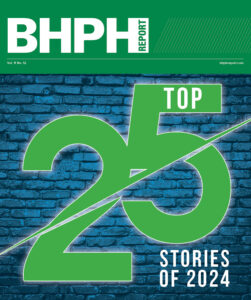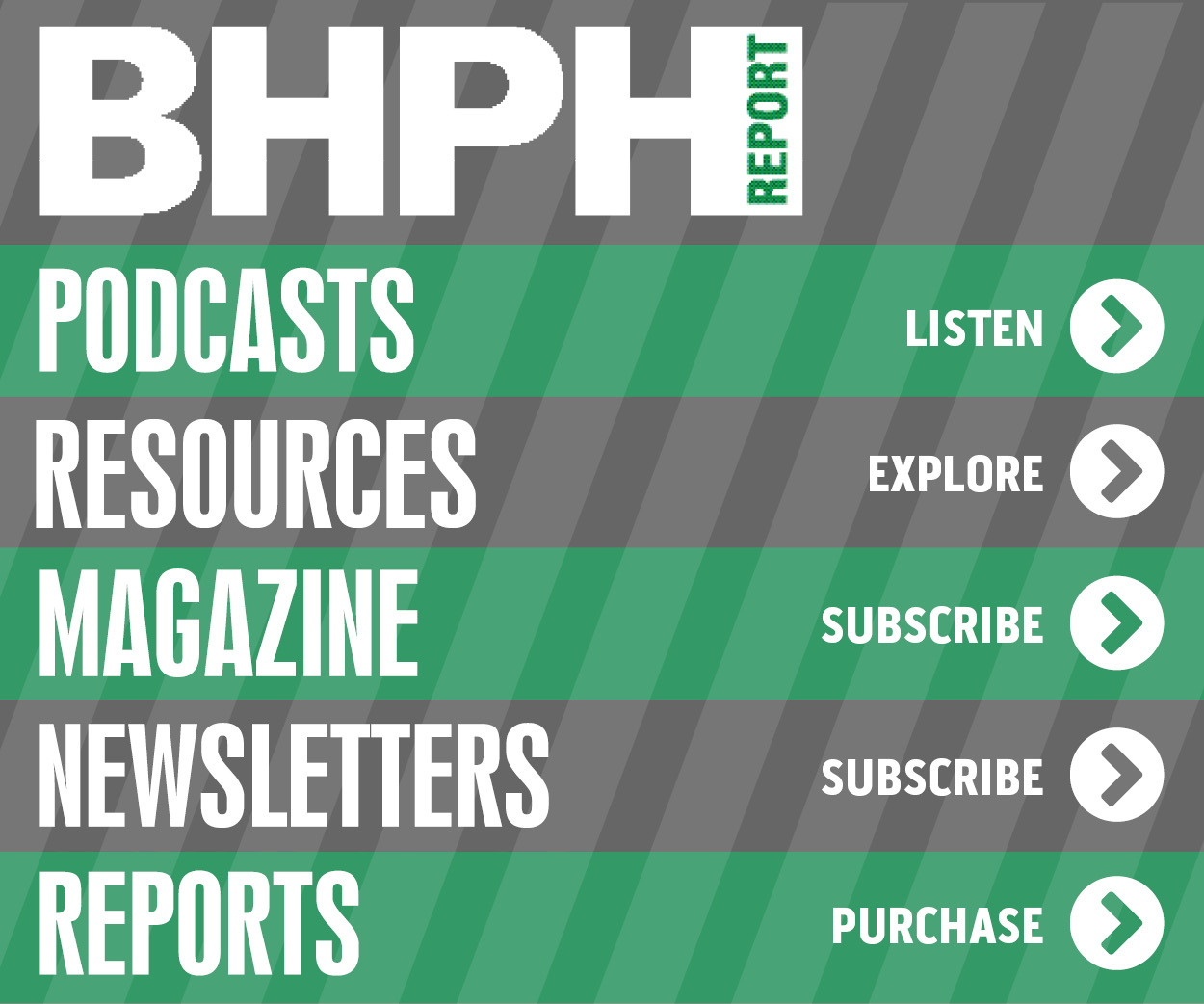4 questions with Ace Christian of Arizona IADA

In the latest installment of the annual Best of BHPH issue of BHPH Report, we go behind the scenes with some of the leading companies in the used-car space and their top executives with a few Q&A features.
Next up in this series is Ace Christian, chair of Arizona Independent Automotive Dealers Association and owner of Rock Solid Auto Center
BHPH Report: How would you describe the competition your dealership has faced from subprime finance companies working with other stores?
Ace Christian: In 2016 and over the last 30 months, we have seen a lot of competition from subprime finance companies working with other independent and franchise dealers. Consumers with FICO scores between 500-600 used to be our target customers, but today we are lucky if we see 400-500 scores coming to our store.
We have also noticed that customers who have already purchased from us are returning cars earlier than in the past. Our static pool bell curve for repos was at its best between 18-26 months. Today that has changed to where customers are returning vehicles between 8-16 months because they have more options, and subprime finance companies don’t seem to care if the customers return vehicles to us in order to purchase a new car.
So, all that being said, we are seeing a slight slowdown in revenue. The first quarter of this year was not as we hoped it would be. It was better than the year before, but still not as good as 2011-2012. However, in the last six months, we have seen some customers coming back, and some of them have current repos from these subprime companies. I’m not saying that we are seeing a shift, because it’s still too early to tell. If this period of competition is nearing its end, subprime lenders may push hard one more tax season before they exit. If we see a 20-30 percent increase in sales (back to our normal 55-60 sales per month) this next tax season, I will be more inclined to say the tide is turning.
BHPH Report: How difficult has it been to maintain underwriting standards knowing what the competition might be doing?
Ace Christian: This is a good question because it has been a roller coaster ride when it comes to underwriting. We first realized that we were having issues when sales started to fall back in 2013. As we reviewed our whole portfolio and noticed customers were returning vehicles faster, we initially thought we should just sell more cars to replace them. However, this was easier said than done because of our underwriting guidelines. We just weren’t seeing the same types of customers coming in and shopping like we had in previous years.
After a few months and attending some conferences, we realized that competition from subprime companies had arrived, and they were taking our customers on the front end and the back end. Well, our first response was to reach down into the subprime market and buy deeper. We realized after a short period this was not working and we needed another plan. So we decided to reduce our sales goals, lower our overhead costs and reduce staff so we could maintain our underwriting guidelines. We had a decision to make — keep selling at the rate of 55-60 a month or reduce down to 45-50 a month. We decided to be conservative and take the latter.
Even doing that caused us in some months to take more risks on deals we normally wouldn’t do. Otherwise we would have only sold 30 cars in those months. Our decision to reduce cost and sell less was based on how the loans were performing from 18 months ago when we realized that subprime was not backing down and was becoming more aggressive. So we have looked harder at all deals coming in and have reduced our ACVs significantly compared to where we were 30 months ago, so that our risk was reduced.
BHPH Report: What’s it been like to acquire inventory that will turn?
Ace Christian: I’ve been known to say, “When the auction prices get out of line, recycle, recycle, recycle.” Most of the cars we are selling have been from our efforts to recycle the cars charging off to get the most out of the vehicles we have already invested in. As I said earlier, with cars being returned within an 8-16 month period, we have no choice but to reinvest into these cars and resell what we have. We have seen repos coming back needing more reconditioning, but not any more than the cars purchased at auction. There has been some increase in the selection of cars, and auctions seem to be heavy with inventory. Even so, prices have not fallen as much as they should have based on inventory levels, so we are being selective when we do purchase and reinvesting in what we already own. There has been a lot of competition at the auction for the cars we sell, and it doesn’t seem to be slowing down.
BHPH Report: What aspect of your dealership business do you want to improve most in 2017?
Ace Christian: Of course, sales are the No. 1 improvement we would like to make in 2017. If we are unable to do that because of competition, we will continue to reduce costs and improve our processes. We have also invested a lot of time in the last two years becoming compliant in all areas of our business, and we will continue to focus on that. Even though we are small, no one in the BHPH industry should take the government lightly.
Our new objective is on reducing our costs even further and becoming more productive in our processes. The cost of doing business seems to be a big concern for everyone I talk to. Of course, if you’re not selling what you would normally sell, you must trim the fat as much as you can in 2017.
One of the biggest improvements we made at our dealership was implementing SecureClose, an automated closing solution that uses a computerized avatar to walk car buyers through the paperwork and virtually record and store the entire transaction in the cloud. SecureClose helped with our compliance goals, but it also significantly reduced our costs and streamlined our processes. In 2017, we expect to become fully paperless with most of our processes thanks to products like SecureClose. Paperless processes seem to be where this industry is moving, and I have seen significant cost savings in the systems we are using now.
Long story short, until the competition exits our industry and we start to see our customers come back, we must look at our business from a 30,000-foot level and ask ourselves whether we are being as efficient as we can and learn about the technology available today to help lower our costs and improve our processes. No one can really say how much longer we will be in this situation, but when the tide turns and you’ve already tightened up your costs and streamlined your business, you will be in a much better position than dealerships who ignored all the warning signs.

 View The Latest Edition
View The Latest Edition

